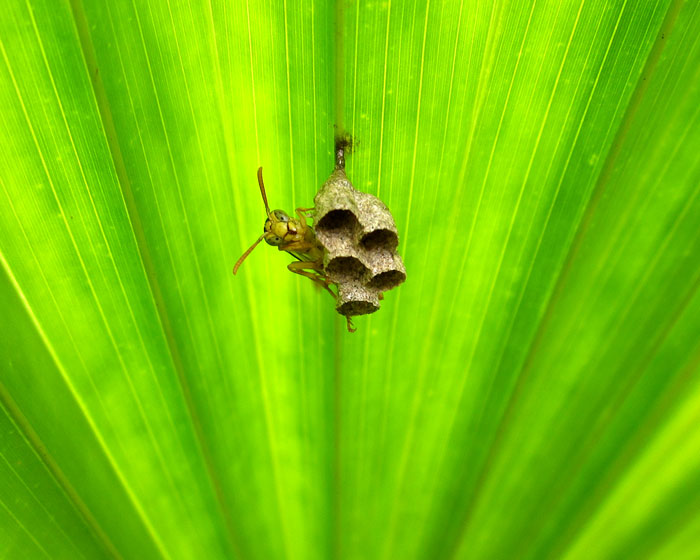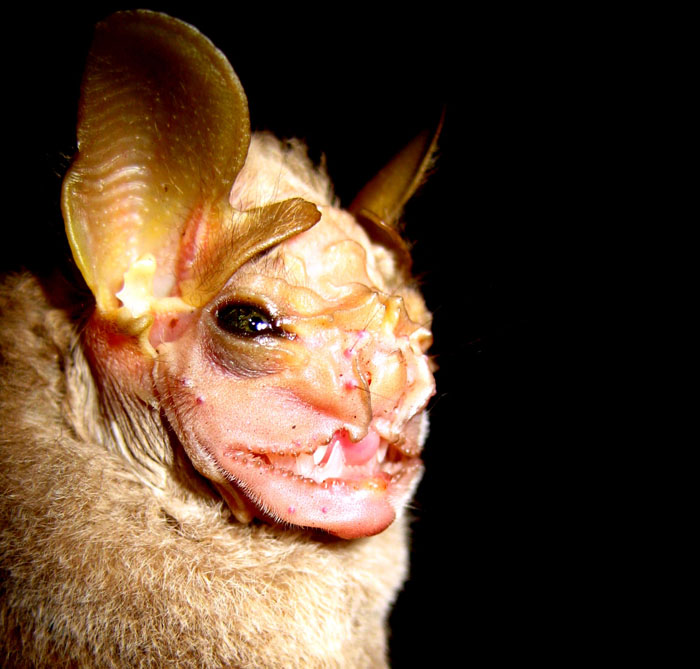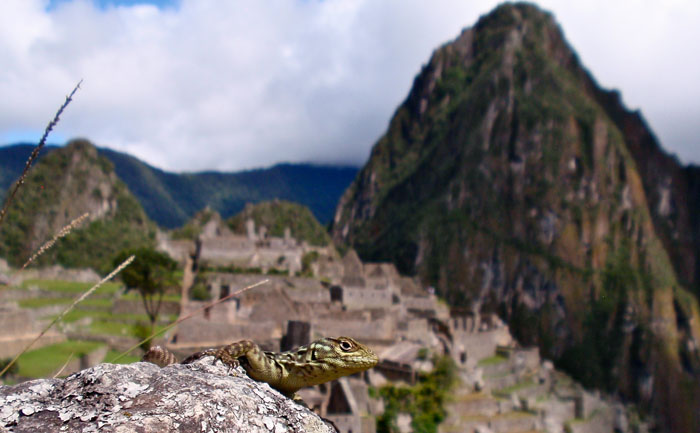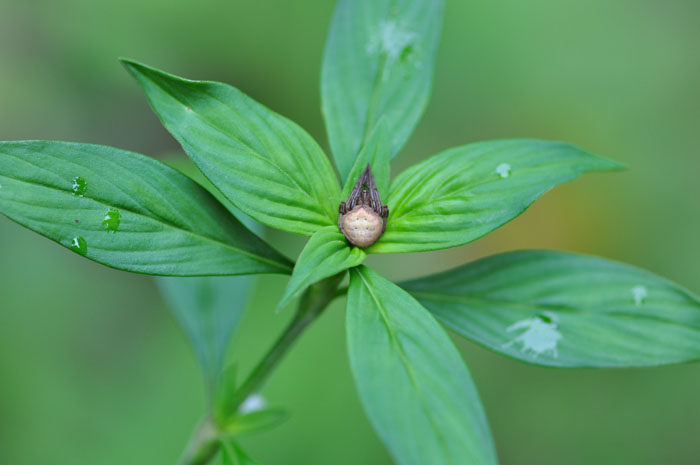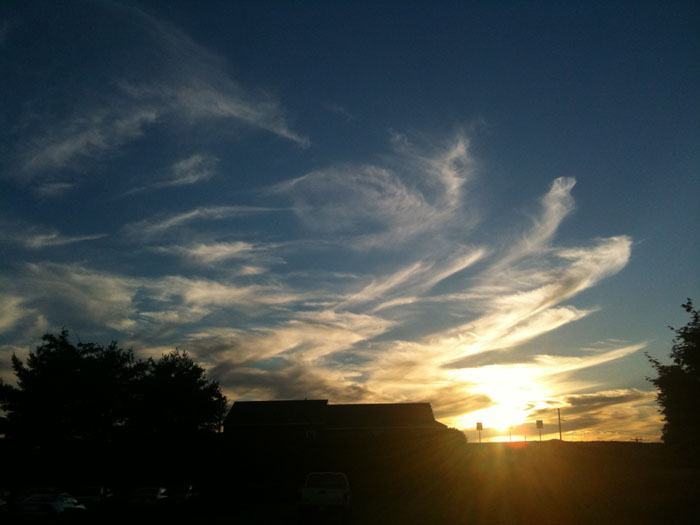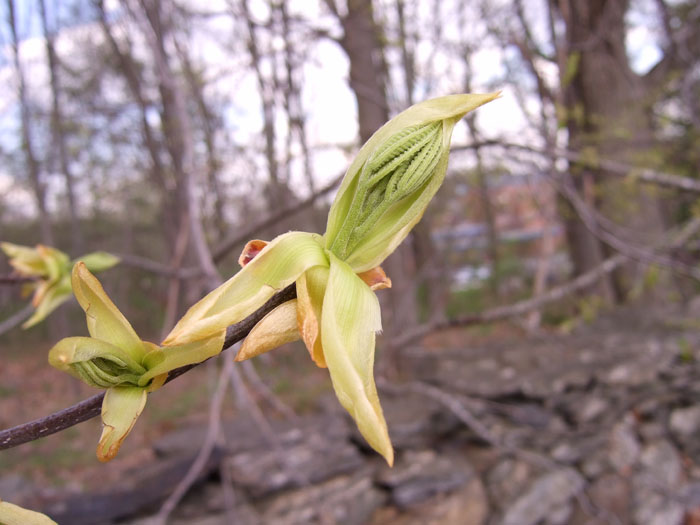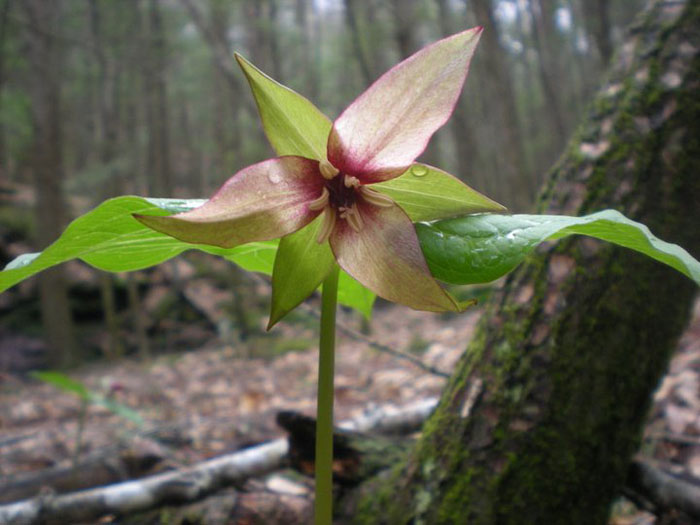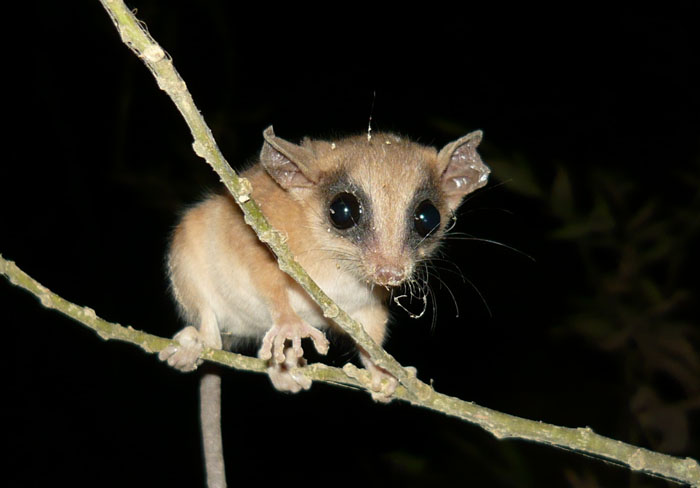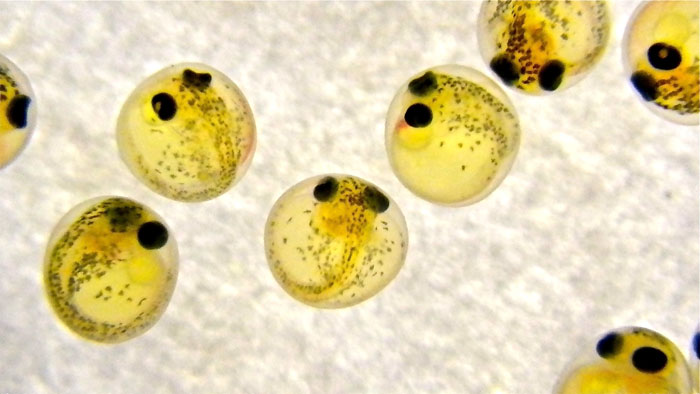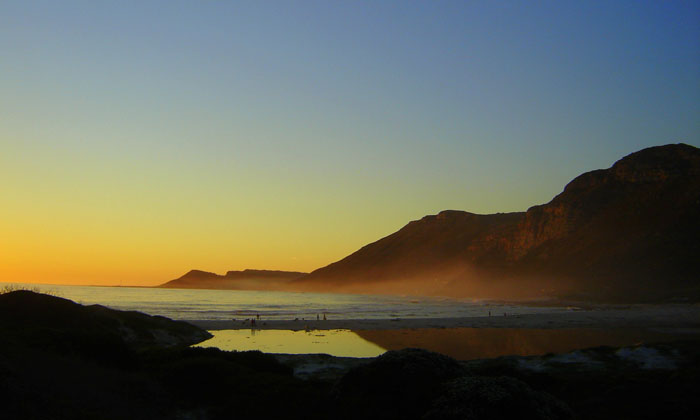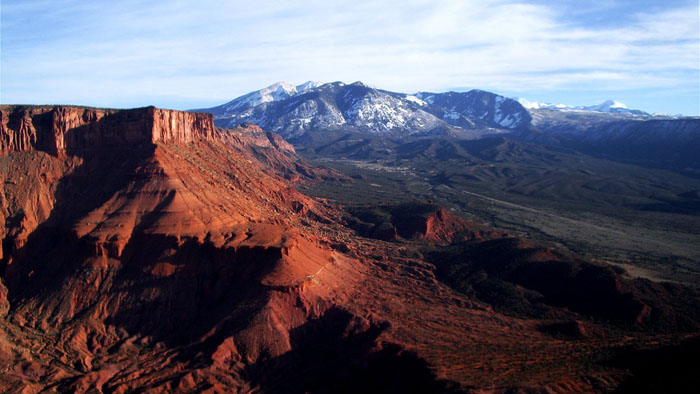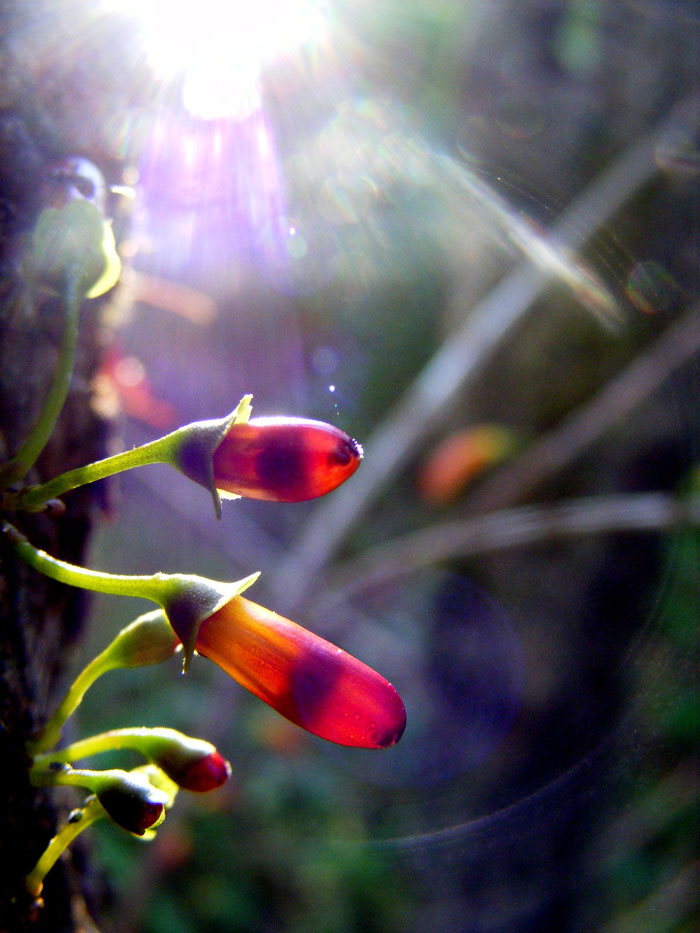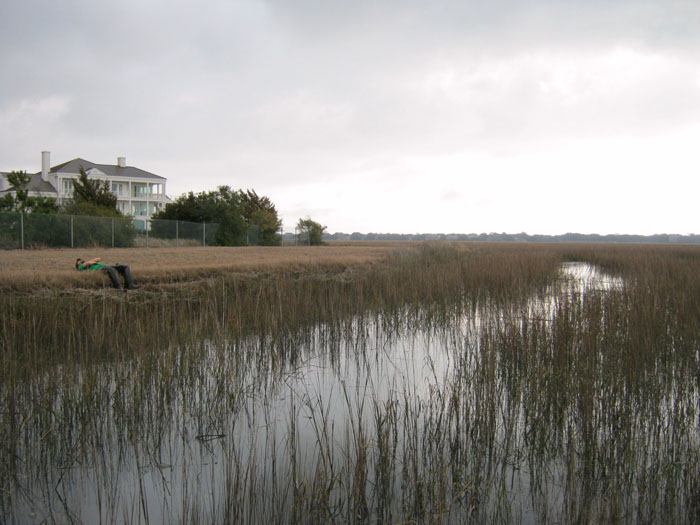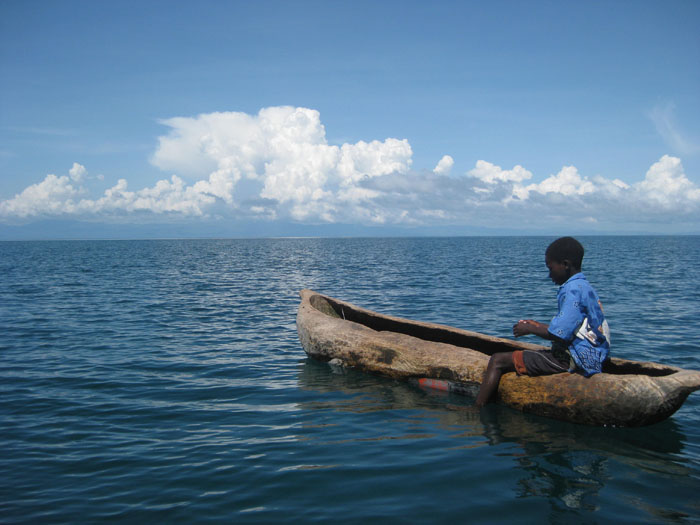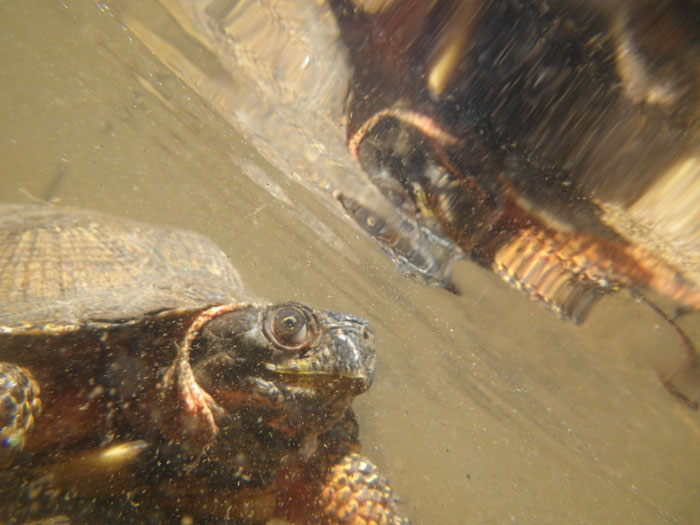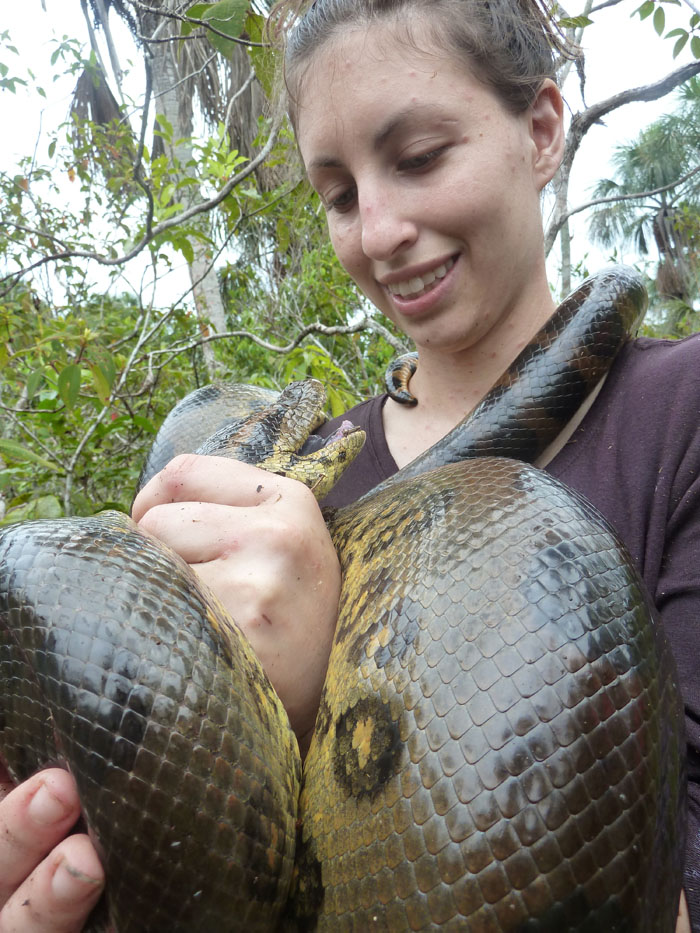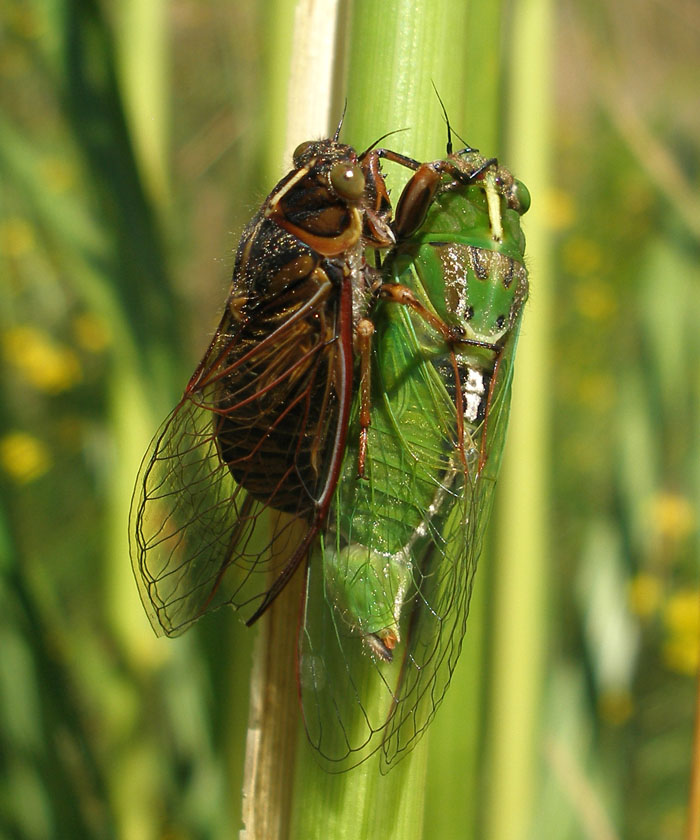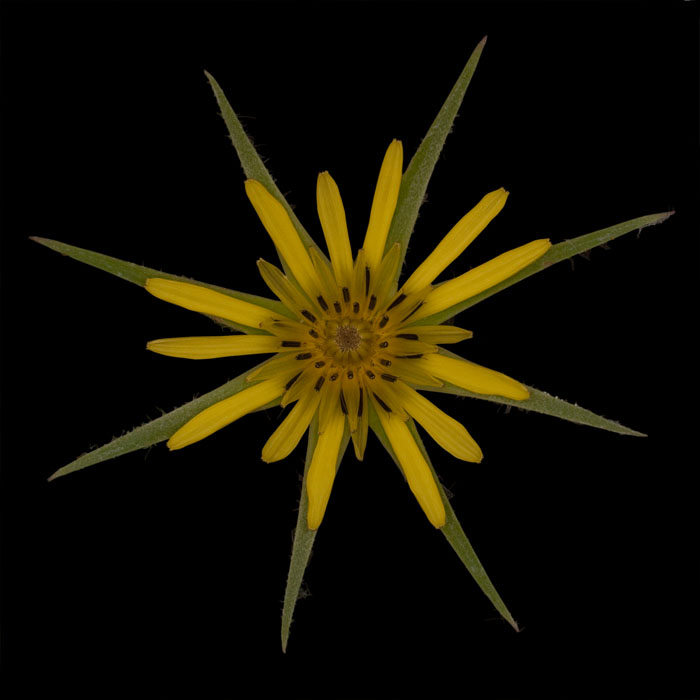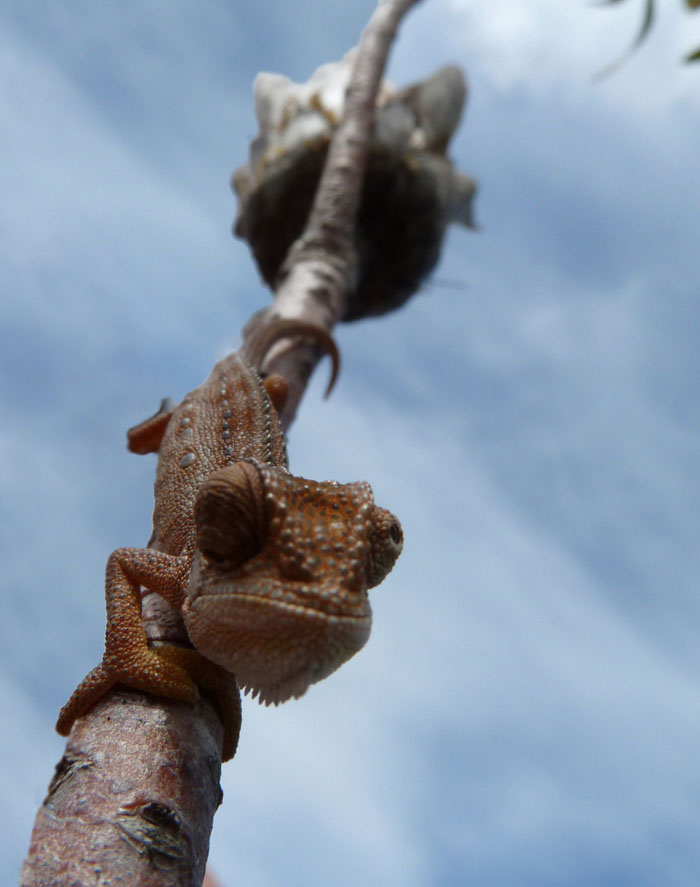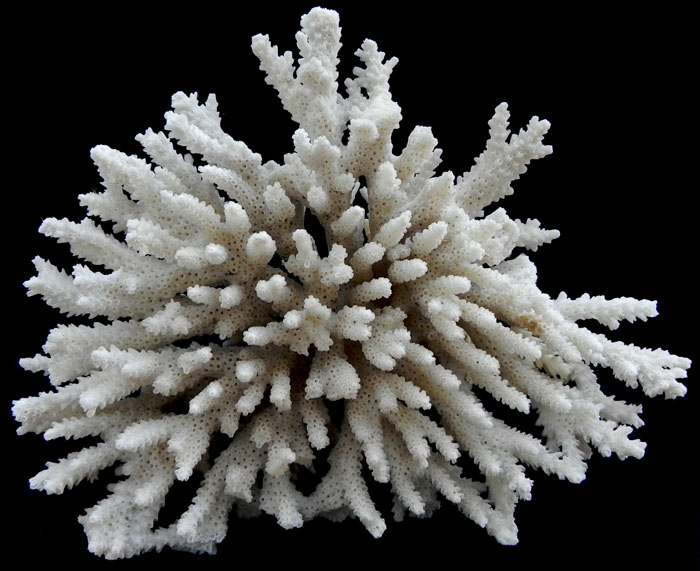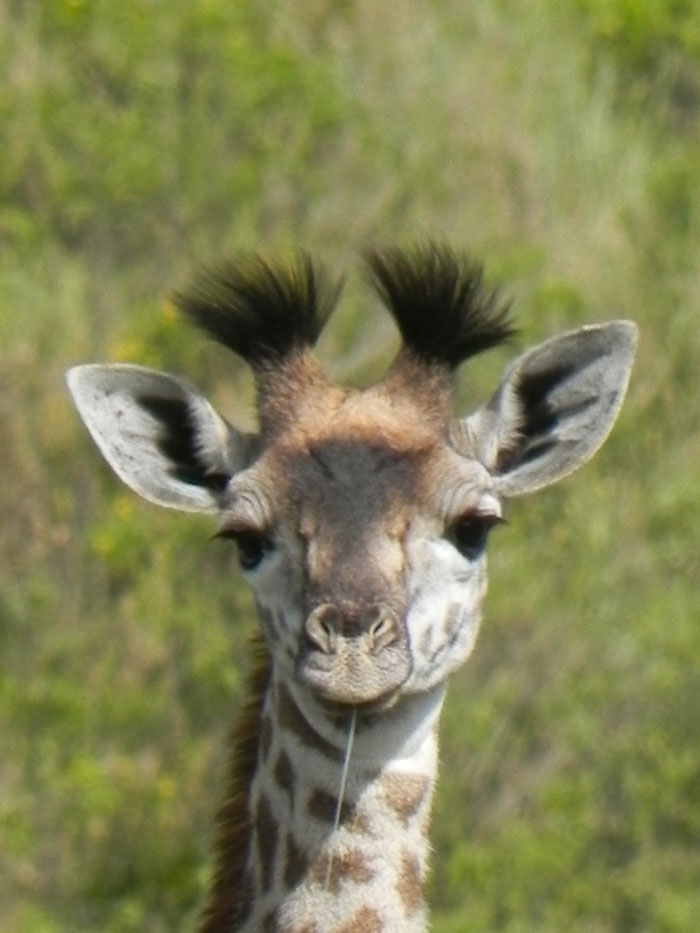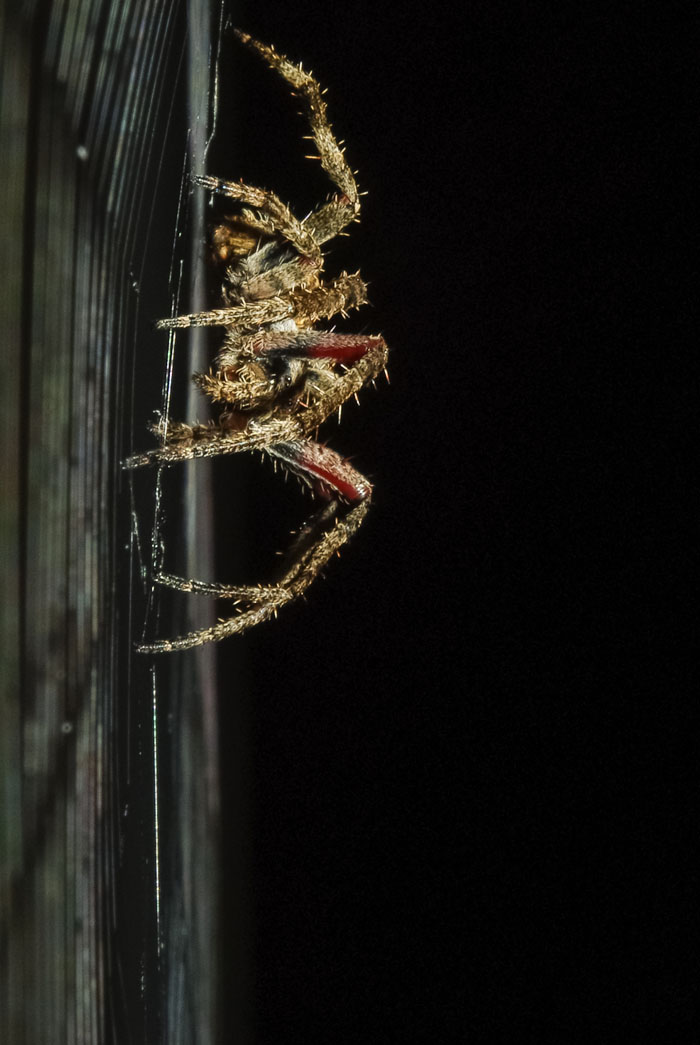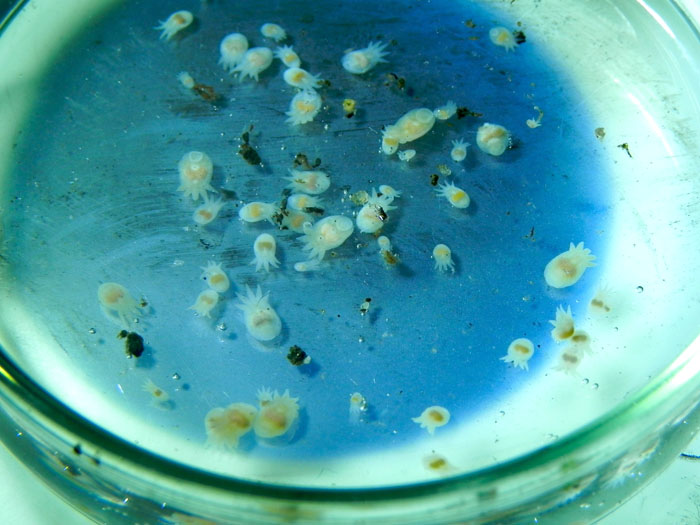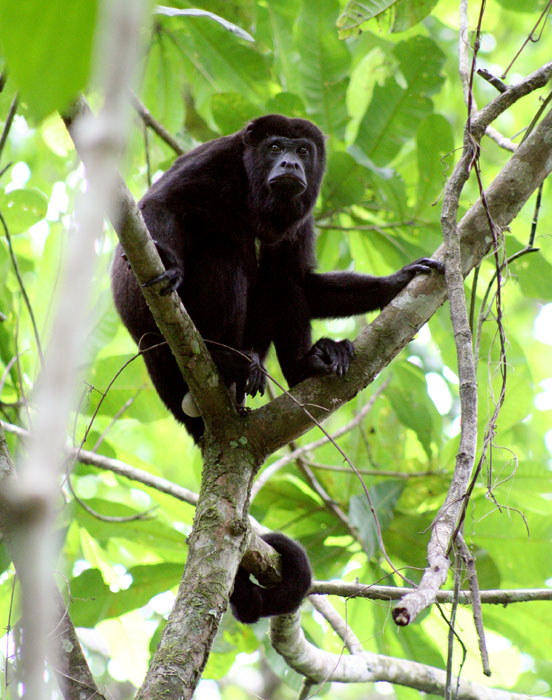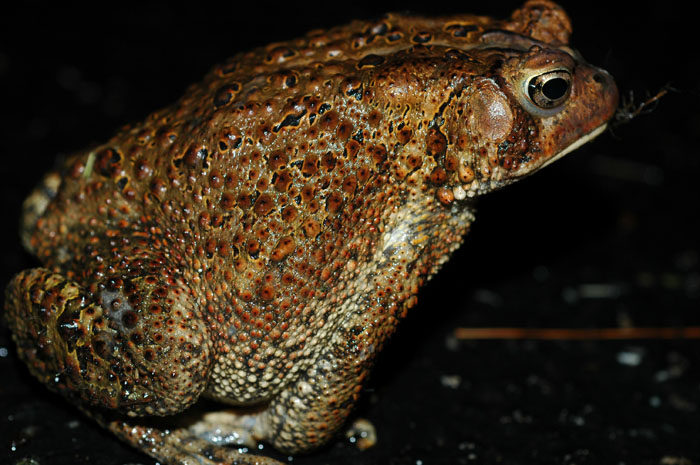2012 Biological Photo Contest
From EEBedia
This page showcases the entries to the 2012 Biological Photo Contest. Voting will commence in the week preceding the Grad Symposium with winners announced at the end of the Symposium. To enter, send your full resolution photo and caption to james.mickley@gmail.com and it will be put on this page.
Grad Student Entries
| A wasp guards her nest under a leaf in Ecuador. When you are expecting strange tropical species at every turn, it is comforting to see a scene so reminiscent of home. - Brigette Zacharczenko | |
| Eleven at night on the 12th of September, 2009, I found myself walking alone on a cloudless night in a warm, humid, tropical forest. What seemed to be just another ordinary moment quickly turn to one of great elation! At first sight of your green eyes, yellow skin, and wrinkly face my heart began to flutter. Oh, Centurio senex, the moment we shared was brief but the thought of your musky odor and extraordinary neck skin flaps still bring a smile to my face today. - Laura Cisneros | |
| This is a very old northern white cedar (Thuja occidentalis) on the shores of Lake Champlain in Vermont. This species holds the record for the oldest trees in eastern North America and can live over 1000 years. While the age of this specimen isn't known, it was already a very old tree in the late 1800s. - James Mickley | |
| Sunrise over the Sacramento-San Joaquin River Delta, California. Imagine this: After a long day of field work you drive all night to arrive at your next field site. You toss and turn all night in the back of your truck, tortured by doubts and insecurities about the quality and quantity of your data. You manage a few short bouts of sleep, and when you wake up you see it: the light at the end of your thesis..... - Diego Sustaita | |
| They are the ones who see empires rise and fall. Spiny Whorltail Iguana (Stenocercus crassicaudatus), guess where! - Alejandro Rico Guevara | |
| This photo was taken in the Una Biological Reserve in Bahia, Brazil. Searching through the forest for Golden Headed Lion Tamarins, during a brief break in the rain, I saw what looked like an oddly colored bud on this plant. On closer inspection, I realized it was a spider. August 2011, midday. I haven't identified this yet, so if you have any ideas, email me! - Russ Meister | |
| Another day has gone by. - Wen Chen | |
| This photo was taken in April 2011 in UConn when I was observing spring phenology. Very common species, shagbark hickory (Carya ovata), was waiting for meeting with spring. The bud was wearing bud scales. And the young leaves were like two hands (five leaflets) covering the shy face. Or she was expecting any surprise? In fact I was surprised when I looked at her. - Yingying Xie | |
| I found this unusual-colored trillium in the Connecticut woods while on a herpetology class field trip. This picture reminds me of my mom, as she loves trillium and used to lead my sister and I on hikes in the West Virginia hills looking for them. If any flower could be used as a descriptor of my youth, it would be this one. - Jessie Rack | |
| In Palo Verde National Park (Costa Rica) I would go out during the night exploring by myself. Learning how to walk in the jungle and fighting the fear of being along in the dark, startling with every branch braking, real or imaginary. Then I heard it, chewing something crunchy that turned out to be a moth that was dropped as soon as I spot him with my headlamp; a mouse opossum Marmosa mexicana. This masked little guy is one of the most skittish mammals in the tropics. You can still see some of the scales of the moth he was eating tangled in his whiskers. - Johana Goyes Vallejos | |
| Embryos of Gasterosteus aculeatus, the threespine stickleback, fresh from Alaska. Complete with tiny eyes. - Jon Velotta | |
| Light from the setting sun illuminates a cove on the Cape Peninsula, South Africa, after a long day hiking around looking down at plants. - Hayley Kilroy | |
| Late day view SSE from Castleton tower, with the LaSal Mountains on the horizon. Near Moab, Utah. - Robert Roehm | |
| Light Burst - Taken in the forests of Hogsback in the Eastern Cape, South Africa. It's the sunlight that makes this photo. 2009. - Timothy Moore | |
| It happened. At the tail end of a successful winter field season of chasing sparrows in South Carolina, the day came in which I caught a grand total of zero. After a morning of unsuccessfully chasing little brown birds, my field assistant admits defeat. - Alyssa Borowske | |
| Malawian boy fishes for cichlids in Lake Malawi. December 26, 2010. - Maria Pickering | |
| Wood turtle, wood turtle, alone to ponder Stumpy, my name, mind left to wander Herpetology's a paraphyletic field, that I've heard Amphibians and reptiles, but no love for the birds Ornithologists are jerks though, deny it they can't Could be worse, they could all work on plants Go enjoy the rest of the Fenton, for it is a fine place For you've worn out your welcome, get your camera out of my face - Bill Ryerson | |
| Staring this beautiful creature in the eyes, I reflected back on my childhood dream. As a young girl, I set an ambitious goal for myself, to see an anaconda in its natural habitat. I always knew in my heart, that my dream would come true. This was the best day of my life. I can now die happy. - Sara Horwitz |
Faculty/Postdoc Entries
| Kikihia "northwestlandica" male (Left) and female (R) from Matakitaki Bridge Scenic Reserve, Murchison, South Island, New Zealand. These cicadas are likely to have some genes introgressed from a more northerly distributed South Island species, Kikihia "nelsonensis". - Chris Simon | |
| Tragopogon dubious photographed during the 2005 Connecticut BioBlitz held at Two Rivers Magnet School, East Hartford, CT. - Paul Lewis | |
| 'Cape Dwarf Chameleon (Bradypodion pumilum subsp. pumilum) climbing down a Protea repens stem in Kleinmond Nature Reserve, Western Cape, South Africa. - Jane Carlson | |
| My grandmother picked this up when she lived in the Philippines many years ago. - Andrew Bush | |
| Baby Masai Giraffe, after nursing, Arusha N. P., Tanzania, 2011: Wipe my drool, please, Mom? - Robert Colwell | |
| Itsy Bitsy - I found this unidentified spider in my garden in South Africa. Without a dedicated macro lens I had to make do by getting as close as possible, resulting in way too much flash. Luckily the kitchen was close by and I converted a plastic chopping board into a makeshift diffuser. It was summer so I was being eaten alive by mosquitoes, but I took solace in the knowledge that my subject would soon be returning the favour! - Ben Price | |
| Temnocephalans from a turtle in Boracéia, near Saõ Paulo, Brazil; November 2011. On our way to open the mist nets for birds early one morning, a turtle crossed our path. Once we became better acquainted, we saw she had brought friends. - Anna Phillips | |
| The primate condition: never satisfied. "Silly howler, how can you look so sad, yet be so well-endowed?" Male mantled howler monkey (Alouatta palliata), Barro Colorado Island, Panama. - Kristiina Hurme | |
| George W. Bush once had this toad growing on his head. He hid it under a 10-gal cowboy hat. He finally went to the doctor to have it looked at and when he took off his hat the toad said, "Doc, you’ve got to do something – it all started with a wart on my ass!". - Kurt Schwenk |
